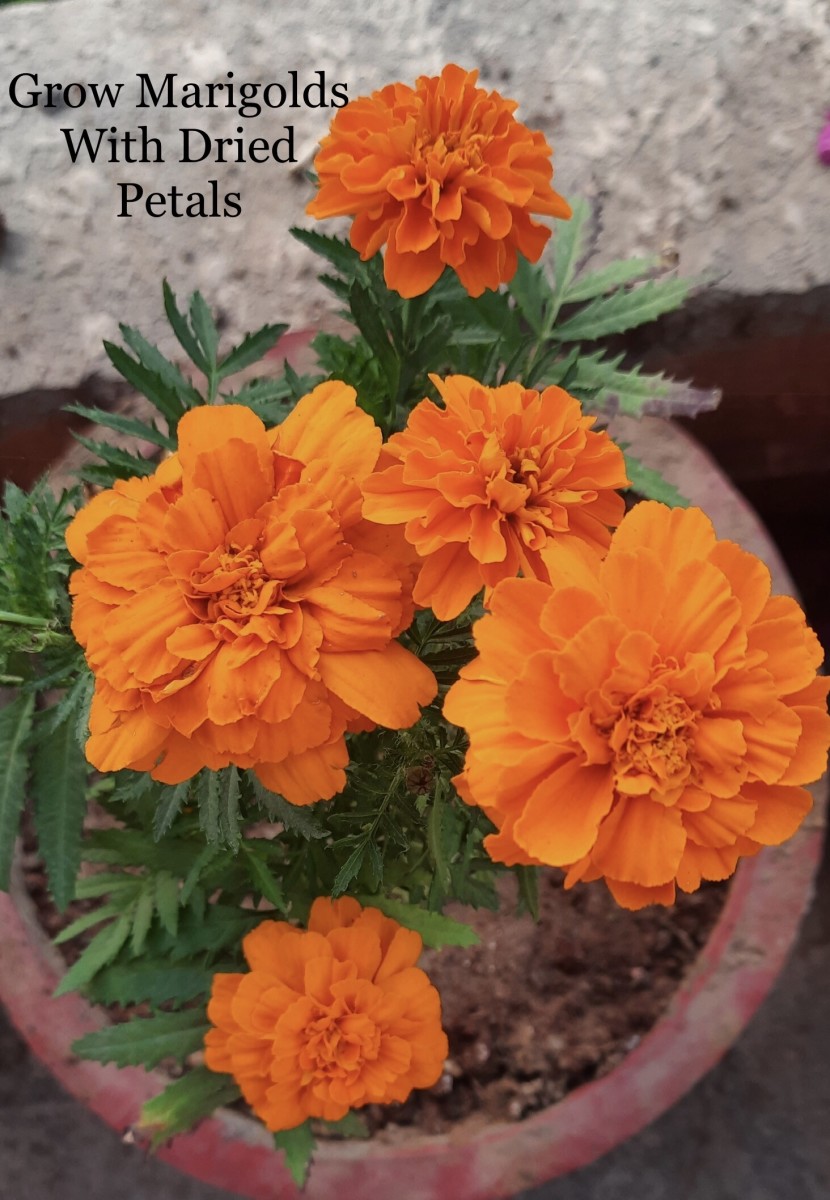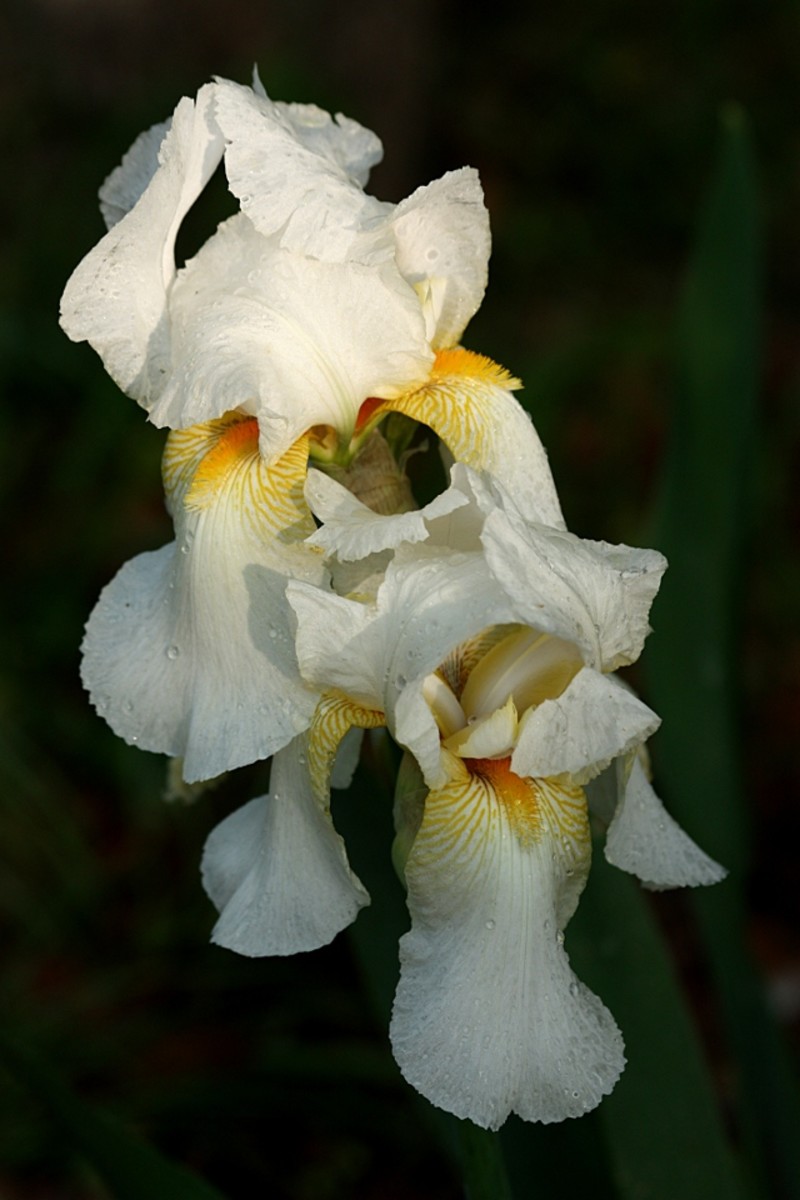Lavender Plant Care - Your Guide to Growing Lavender
How to Grow Lavender - Caring for Your Lavender Plants
Lavender is a very pretty, tall, plant that generally features bright purple clusters of little flowers on the tops of the steams. Lavender flowers feature a lovely strong scent.
Lavender will continue to come back year after year flowering in late spring to early summer if it is cared for correctly. Lavender plant care isn't really very hard, and especially after the first 6 months of establishing the plant it will grow very easily.
In this article we are going to talk about growing lavender, despite the type of lavender growing it remains similar, this is basic information that will work with all lavender. I do recommend when you purchase a specific kind of lavender you read up about that kind of lavender to ensure the best possible growing experience.
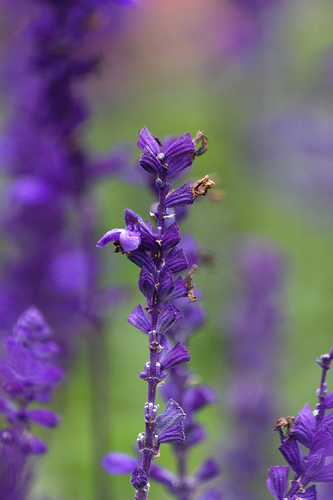
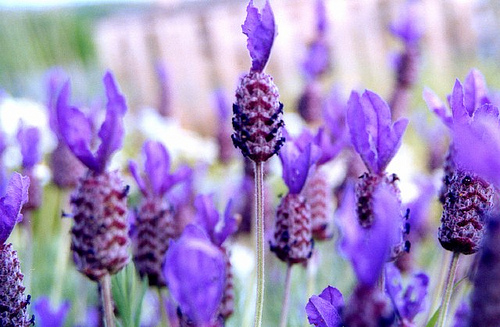
Lavender Plant Care
Lavender needs full sun, this means that it need at least 6-8 hours of full sun to grow. If you have a part of your yard that gets sun all day, make sure you plant it there.
Lavender is native to the Mediterranean, so when watering your lavender give it a lot of water, and then let it go dry, and repeat. Some people will make the mistake of watering their lavender plants like they do the other plants and flowers in their yard, and lavender really prefers to be watered and then left to dry.
When planting lavender you need to make sure to give it enough space to grow, there are so many different types of lavender, so make sure when you purchase your lavender you look on the tag and see how big the full plant size will be. Some lavender is fairly small and will only grow to be between 18-20 inches where as other lavender plants can grow to be quite large. Lavender grows to be its full size in the 3rd year, and some will grow to be 3 feet wide. When planting lavender it is recommended to plant them at least 30 inches apart.
When you're planting lavender, its a good idea to put a couple of inches in the bottom of the hole. If you have clay soil, this tips helps with the drainage a lot. Remember Lavender likes dry soil, the drier the better.
Lavender being native to the Mediterranean thrives in poor, rocky soils. Make sure that when you first plant your lavender that the pH is between 6.5 and 7. If you have a high pH you'll be fine but if you have a low pH you will want to make sure that you add some organic compost to the soil.
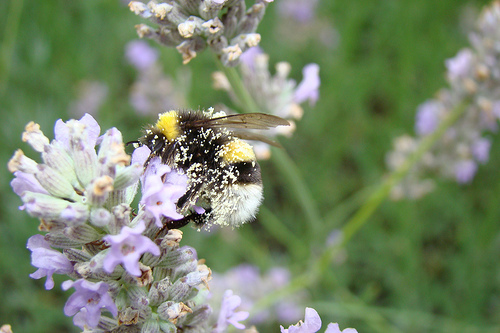
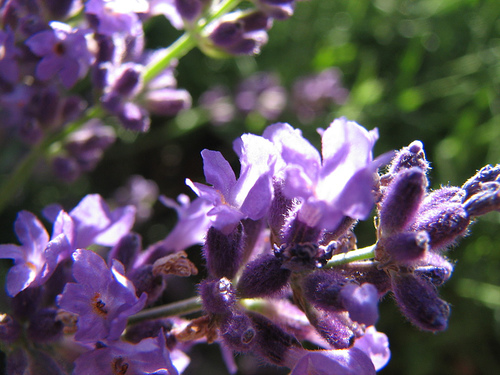
Pruning Lavender Plants
Don't allow your lavender plants to flower the first year that you plant them. This might sound a little strange, but if you keep the plant from flower it will force the lavender to continue to grow what it has left, meaning that your lavender plants will bush up and grow bigger since the plant isn't focused on the blooming.
This is done by simply giving your lavender a haircut in the spring time and the fall. Look at the wood below and from there cut the top of the lavender plant off so there is about 2 inches above the bottom of the plant, again, this promotes growth down below and will make sure your lavender plant doubles in size the first year and get a lot more flowers. This clippings are great to put in your house, they smell great!
By your 3rd year, your lavender two-thirds bigger than the end of the first year. Another thing pruning your lavender this does is keep your it tight, making sure it doesn't become a sparse, woody plant. What happens is that your plant is focusing more on growing the wood of the lavender as opposed to the stems and flowers again that it will get really woody and not look very nice, and once this happens you'll just want to dig out your lavender plant and replace it with a new one.
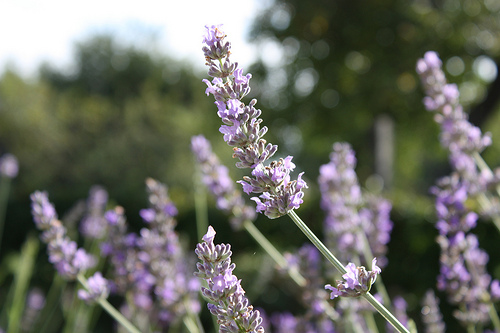
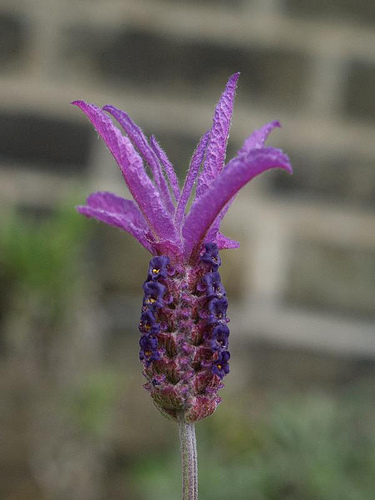
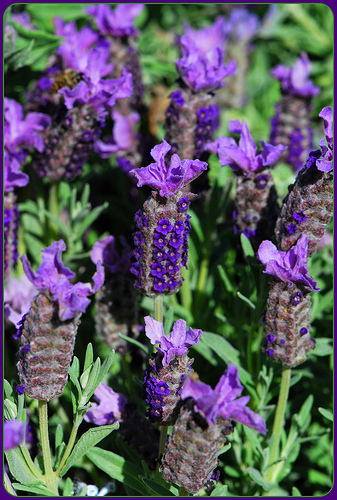
Types of Lavender
There are many types of lavender plants, but here I'll talk about two common types of lavender, which are English lavender and Spanish Lavender.
English Lavender
This is the most common type of lavender you'll find grown today. In fact when you think lavender plants this is the type that probably comes to mind. This lavender is often used in cooking, decor, gardens and essential oils.
Lavender is a collection of small purple flowers that grow on top of long stems, you can also find lavender in violet and white. The English lavender will grow up to 1.5 feet tall and 2 feet wide, forming a mound. Butterflies and bees are attracted to lavender.
English lavender has a strong sweet fragrance that is one of the main reasons it is grown and used, it's a beautiful plant with a lovely smell.
One plant will continue to produce flowers for up to 10 years if properly cred for. That's a pretty good deal out of one plant, especially since one the plant is established it is very easy to care for.
Spanish Lavender
Spanish lavender are my favorite type of lavender, the are very pretty cone or pineapple shaped flower heard, that are deep purple in color. You may note little specs or yellow pollen along the flower. From the top of the flower grows little purple petals, the face straight up, these little sprigs are often called rabbit ears.
Spanish lavender will bloom in early summer, although you may find occasional blooms throughout the year expect in really cold winters.
The leaves of Spanish lavender are a grey-green color and lightly fuzz, it grows like a bush does and can reach a height of 36 inches. Because of the shapes of the leaves Spanish lavender can get a powdery mildew and so you should make sure to keep the plant as dry as possible.
Make sure like with all types of lavender you do not water it too often or too much or the flower heads will collect the water and will get so heavy they fall over.
Lavender is loved by people everywhere and many people enjoy to grow it in their gardens, Lavender plant care isn't really hard so it is often chosen as a plant to grow for beginners.
More Flower Care
- Tulip Bulbs - Planting Tulips
Learn how to plant tulip bulbs, information like: When to them, where to plant them & more great advice on planting tulip bulbs! - Planting Daffodils - Guide to Daffodils Care
Daffodils are bulb flowers that bloom in the spring time and will come back year after year. You'll learn how to plant daffodils bulbs in your garden how to care for them so you can enjoy them every spring!


